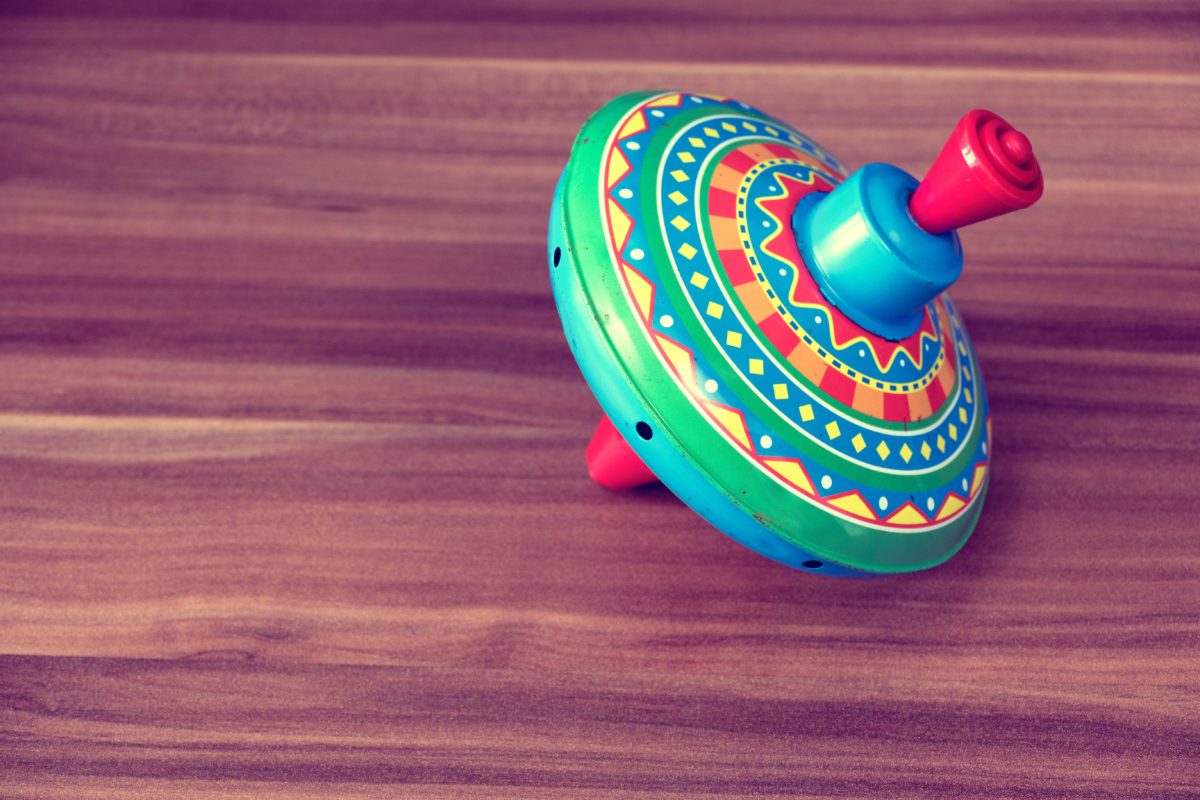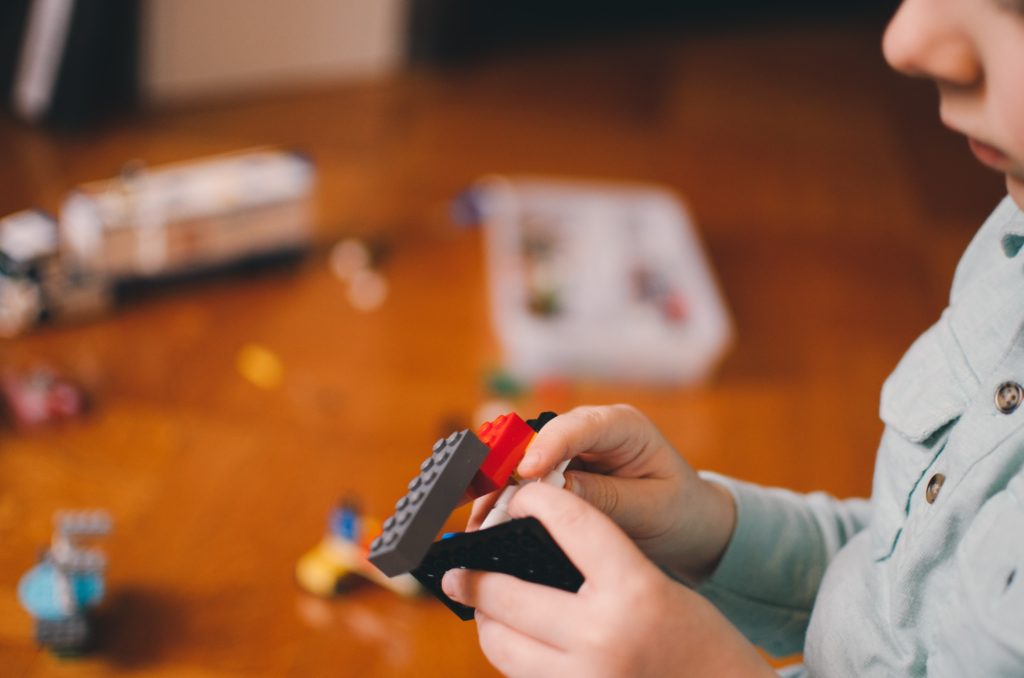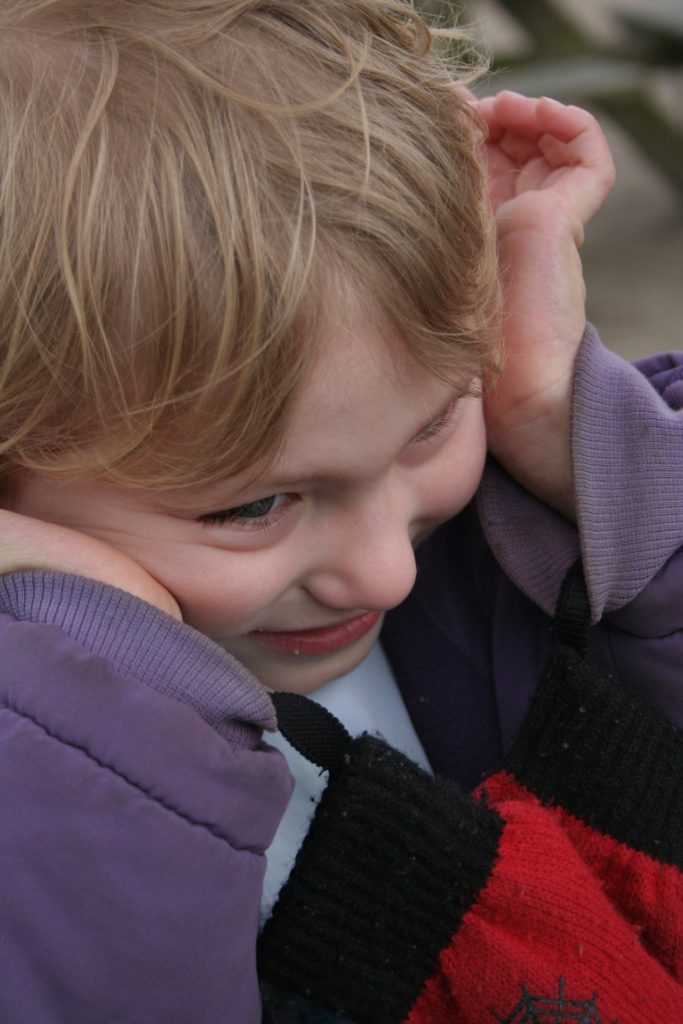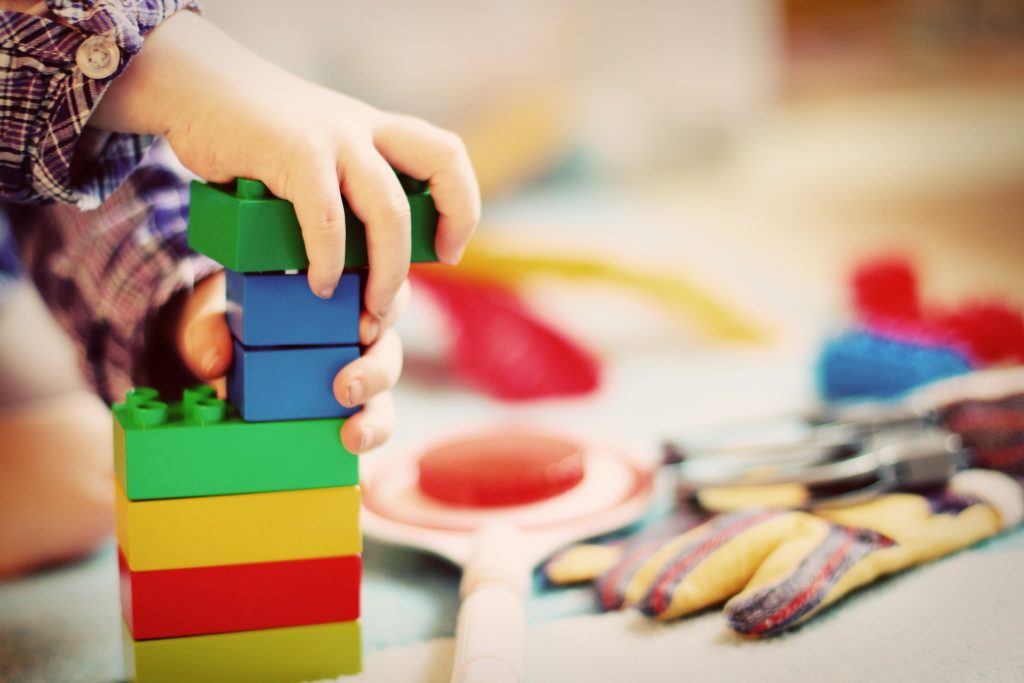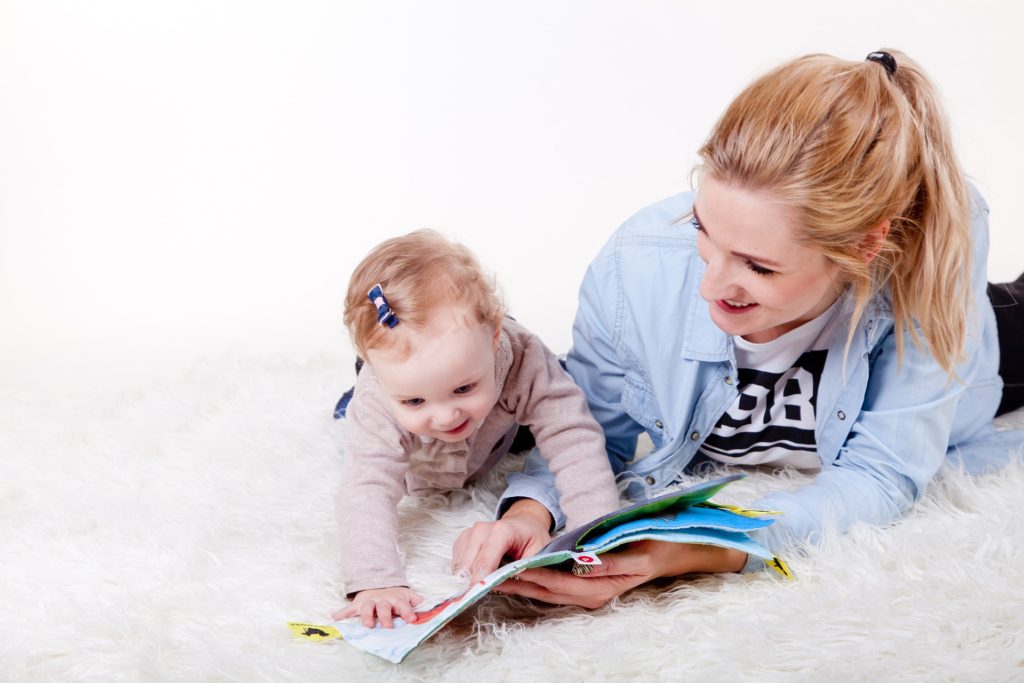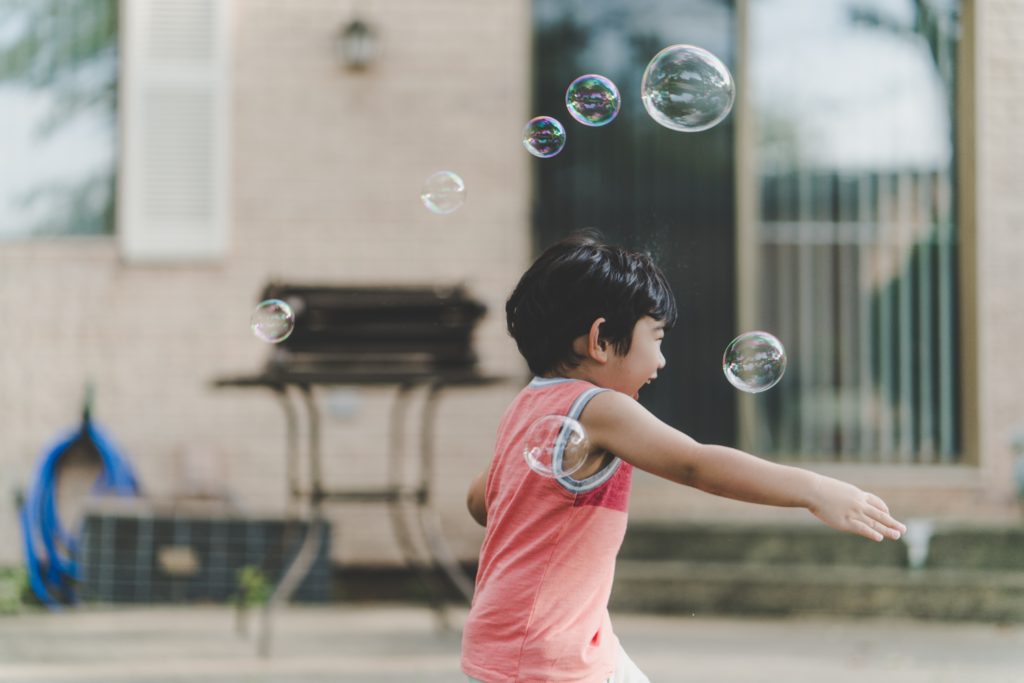Play is such an important part of learning, socialising and spending time as a child and is at the heart of our approach to teaching the kids we work with. However, children with autism often have delays in their language, social and play skills which means their play can look a little different. Adults who want to play with autistic kids can sometimes find it trickier because of this.
Here are some simple strategies that parents and professionals can incorporate into their play with autistic kids.
While these strategies are simple, it’s worth noting that you might have to change some of your habits and behaviours. This can be tricky to begin with, but with practice, they will become second nature.
Why is it worth changing how I play?
By changing how you play with autistic kids, you can become not only a more fun and engaging partner, but you can also teach a child new ways to play and communicate and create space for them to initiate more social interactions.
Moving away from heavily adult-led play
Because it can be harder to catch the attention of autistic kids, and because their play skills might be delayed, parents and staff can easily end up playing in a very heavily adult-led way. It can be tempting to call the child’s name and use lots of instructions and questions to try to get their attention and capture their interest. It’s awesome to be motivated to play with your child and to be enthusiastic about encouraging new play ideas. However, the problem with this particular play style is that the adult can accidentally become a demanding play partner.
Let’s look at a made-up example of an interaction between a parent and a child playing with some Duplo:
“Look, Kevin! I’m building a house! Kevin, look! Do you want to build a house? Put the brick here Kevin. Pass me the big green brick and we’ll put it here. Wow, do you like it? Put the red brick here.”
In the imaginary example above, the adult calls the child’s name three times, provides five instructions (remember that “Look” is an instruction) and asks two questions. All in the space of less than ten seconds! This is quite a lot to process all at once and the child is likely to struggle and may therefore become disengaged with the game.
Skills Autistic Kids Find Harder
Let’s pause and think about some of the skills children with autism often find harder:
- Responding to name
- Following instructions
- Processing information
- Answering questions
- Processing social interactions
- Looking at others
- Following another person’s reference (gaze, point etc.)
Now that we’ve been through that list, it can help us to understand why the above example could be quite difficult for Kevin.
Adding in lots of things that a child finds difficult (instructions, questions, looking, responding to name) makes the play become hard work and less fun. Furthermore, this leaves no time or space for the child to initiate an interaction with their play partner.
Suggestions for how to play with autistic kids
We’ve identified what doesn’t work well, so let’s look at what does.
1) Follow their interests:
First, find a play activity that your child enjoys. This can be any type of play (e.g. messy play, cause and effect play, imaginary play), join in with them and copy what they are doing.
2) Add something
Next, take what your child is already doing and try adding something. If they’re chopping some sand, perhaps you can sprinkle it from really high. If they’re pushing a car, try driving it under your legs as if they’re a tunnel.
3) Comment on what you’re doing
Instead of making demands and asking questions, try to switch to making comments about what you’re doing without placing any expectation on your child to respond. While this can be a very difficult habit to change, it’s very important to try.
There are lots of ways of adding comments to your play. Instead of “Look Kevin! I’m building a house,” try, “Wow, I’ve made a house.” You can comment on actions (“It’s falling/spinning”), you can add sound effects (car noises, animal noises, snoring noises for characters) and you can build anticipation with countdowns (“1,2,3…” or “Ready, steady, go!”) Remember to match your language to your child’s ability levels – they might need shorter sentences or fewer words (“Fell down!”) or they might be fine with longer sentences (“Oh no, the man fell off the bridge!”) If your child is already making comments, try copying what they’re saying and adding something to reinforce and expand on this. E.g. “Oh no!” “Oh no, it fell down!”
4) Sound like you’re having a good time
A great way of catching your autistic child’s interest in your actions is simply to sound like you’re having fun. If your tone of voice and comments are enthusiastic, they may catch your child’s attention in a low-pressure way.
5) Leave gaps in your play to allow your child opportunities to take the lead.
You can give your child opportunities to communicate or to contribute to the play in their own way without placing pressure on them. Usually, this is just a case of making a comment or modelling a play action, then pausing to see if your child responds. Remember that children on the autism spectrum sometimes need a bit of extra time to process things, so if you move the play along too quickly, they might not have time to join in.
6) Let things go
If you try modelling a fun play action or comment, and your child doesn’t look or seem interested, that’s ok! Instead of convincing them to pay attention, remember that you can try again later. Maybe they are distracted right now, maybe they’re not interested right now or maybe they’re just not that into what you’re trying out.
7) Keep an eye on interest during play
Autistic kids might struggle to tell you what they like and don’t like. This means you might need to watch what they’re showing you instead. Are they moving or turning away? This might mean they’re not so keen on what you’re doing right now. Are they turning towards you, smiling, laughing, moving closer or copying what you say or do? Great! Those are signs that they’re enjoying what you’re doing.
Remember to keep following interests. If your child moves away from an activity, respect that and allow them to take a break. Alternatively, if your child shows an interest in something else, follow their lead and play together with that thing instead of staying with their current interests. Continue to follow the 7 suggestions as you go from one play activity to the next



